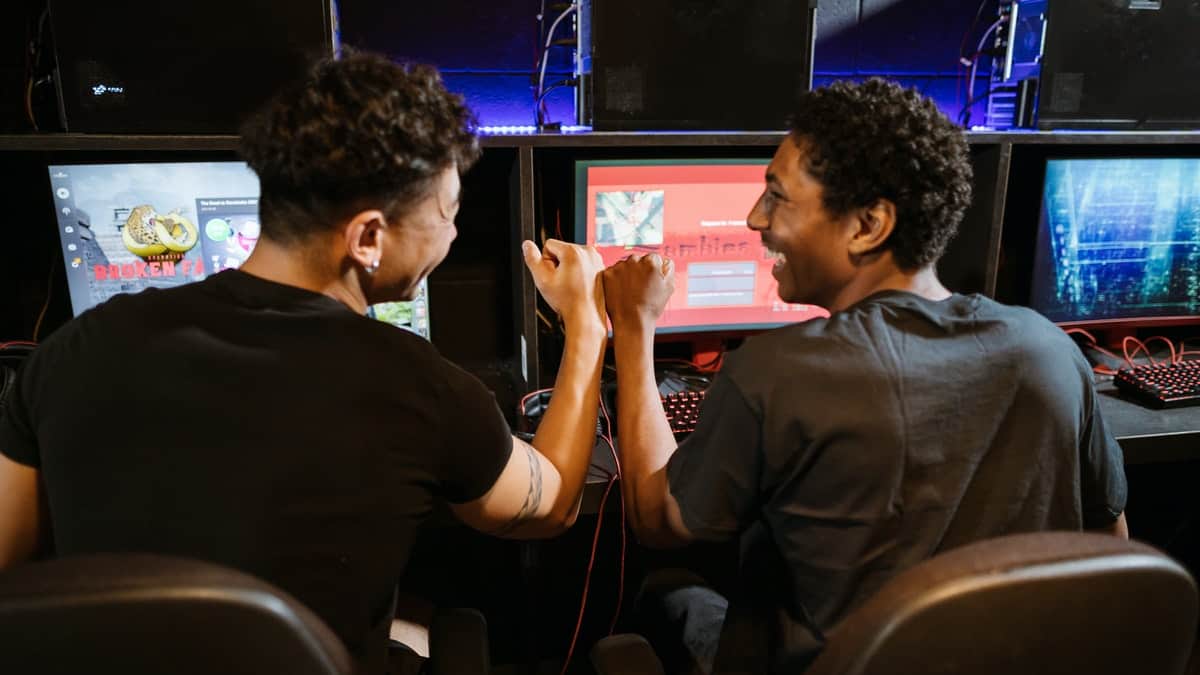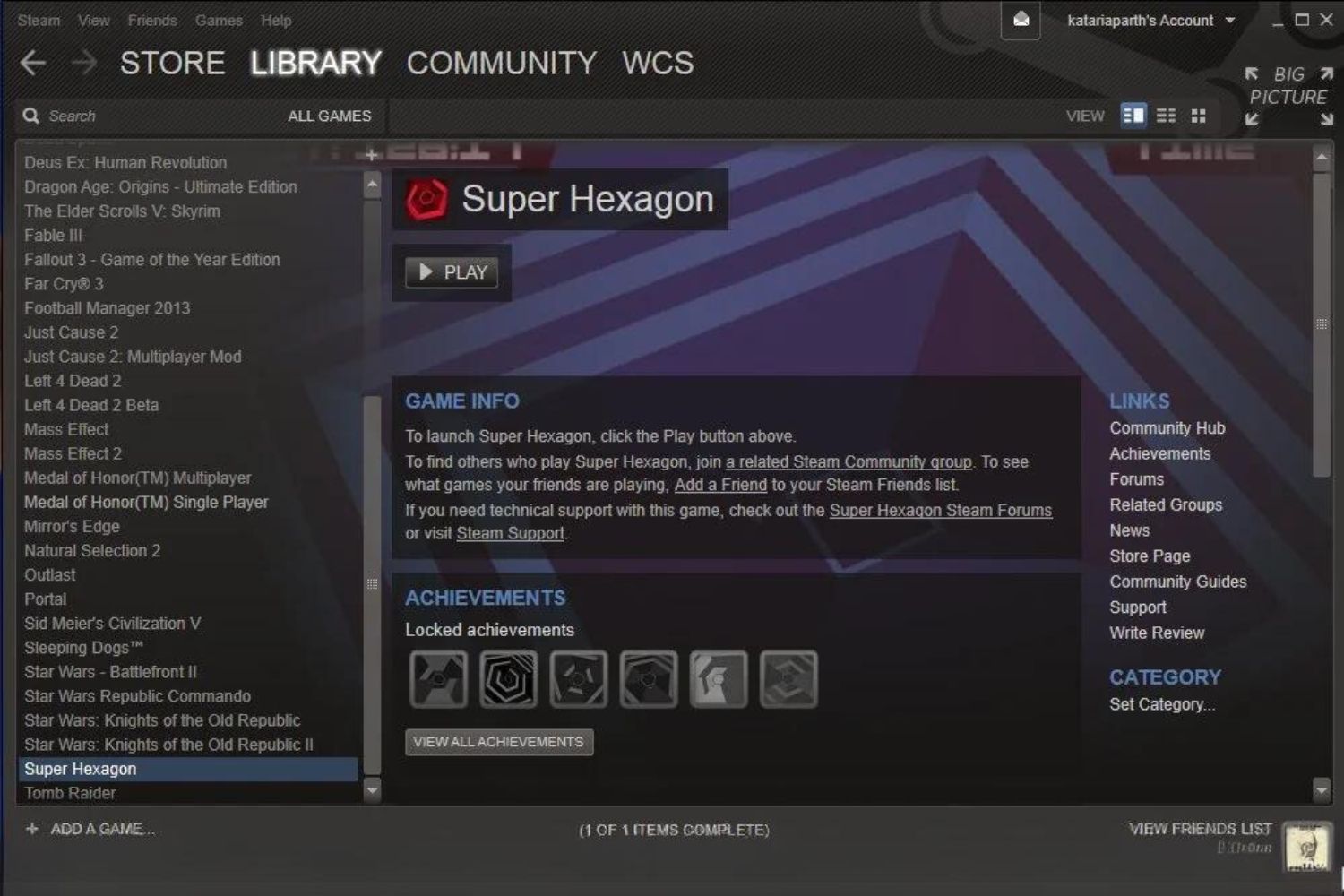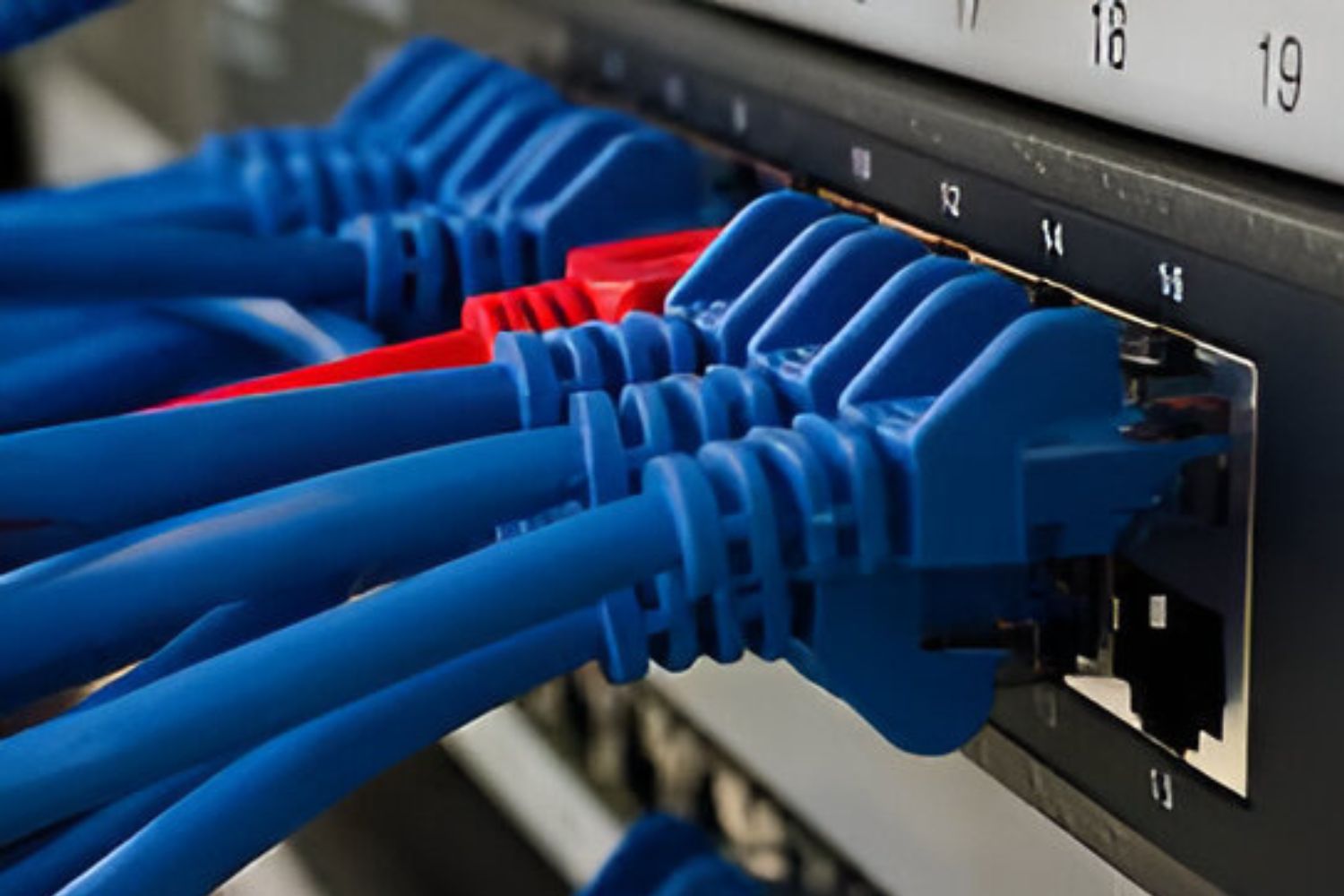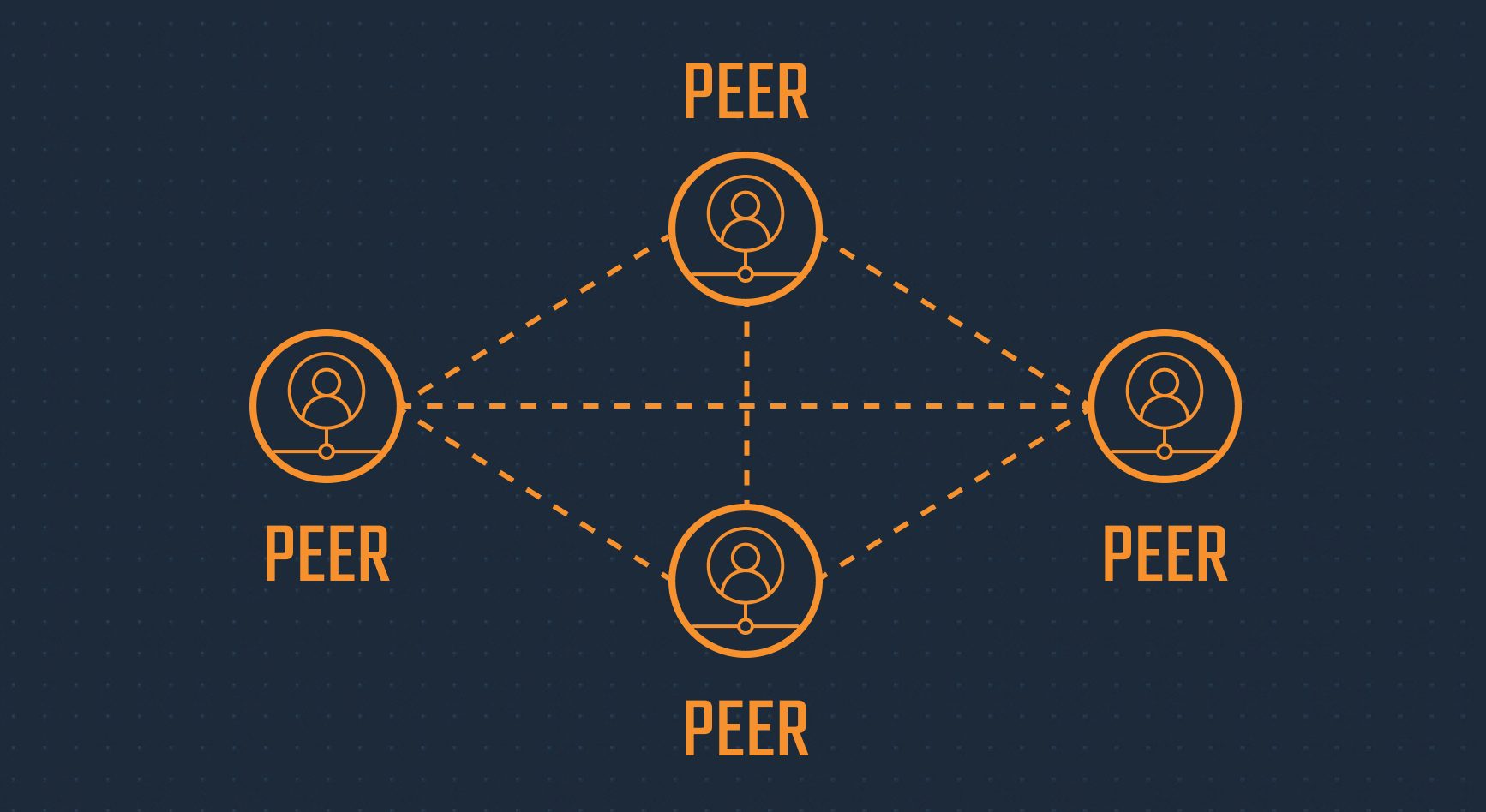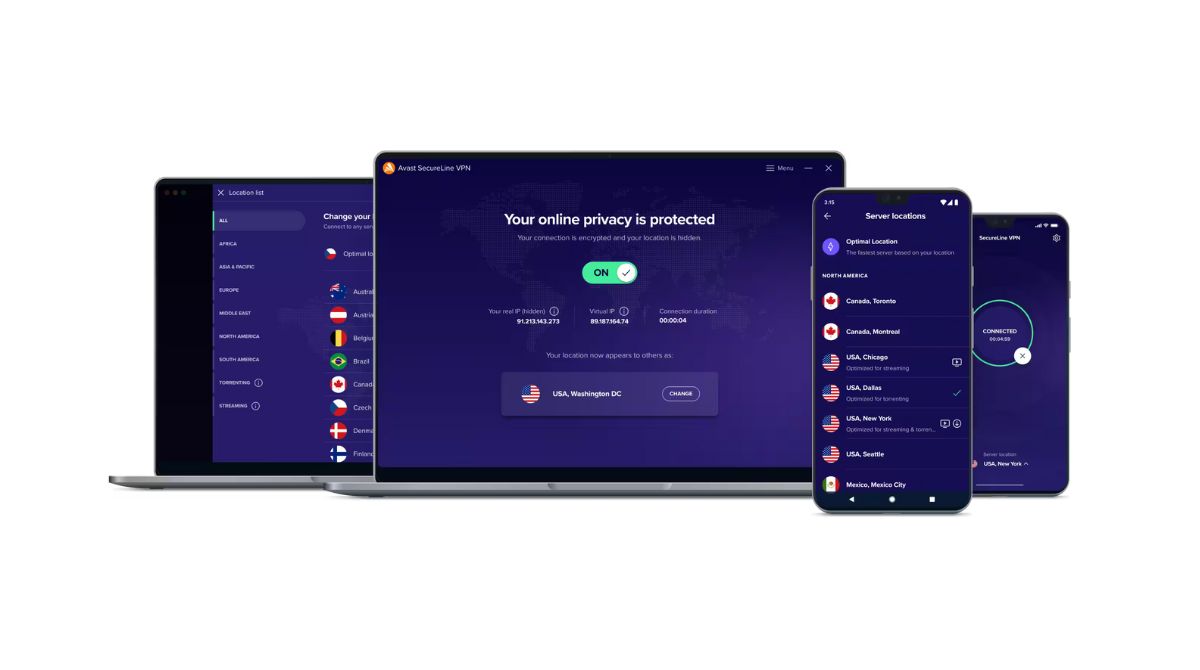Introduction
P2P gaming, also known as Peer-to-Peer gaming, is an innovative approach to online multiplayer gaming that has gained popularity in recent years. Unlike traditional gaming setups where players connect to a centralized server operated by the game developer, P2P gaming allows players to connect directly with each other, creating a decentralized network for gameplay.
This form of gaming brings several advantages, including increased speed, reduced latency, and a more interactive gaming experience. Players can enjoy seamless multiplayer gameplay with fewer interruptions and a greater sense of immersion. P2P gaming also allows for greater flexibility and customization, as players have more control over their gaming environment.
While P2P gaming has its advantages, there are also some drawbacks to consider. Network instability and security concerns are among the main challenges faced by P2P gaming platforms. Additionally, the success of P2P gaming heavily relies on the presence and cooperation of other players, which can be a limiting factor when trying to find matches or establish multiplayer sessions.
In this article, we will explore the world of P2P gaming, how it works, its benefits, drawbacks, and popular P2P games in the market. Whether you’re a seasoned gamer curious about new gaming trends or a novice looking to understand the concepts behind P2P gaming, this article will provide you with valuable insights.
Definition of P2P Gaming
P2P gaming, short for Peer-to-Peer gaming, refers to a method of multiplayer gaming where players connect directly with each other over the internet, without the need for a central server controlled by the game developer. In this system, each player’s device acts as both a client and a server, allowing for direct communication and data exchange between players.
Unlike traditional gaming setups, where players connect to a centralized server that manages the game’s resources and handles gameplay interactions, P2P gaming relies on the collective resources of all participating players. This decentralized approach enables real-time peer-to-peer communication, as opposed to the client-server model where all player interactions are mediated through a central server.
With P2P gaming, players can directly exchange data, such as game states, commands, and chat messages, without going through a central server. This direct communication between players results in reduced latency and faster response times, creating a more seamless and immersive gaming experience.
Furthermore, P2P gaming allows for greater flexibility and customization. Each player’s device contributes to the overall network, enabling a distributed game environment. This decentralized structure means that players have more control over their gaming experience, from hosting game sessions and customizing gameplay rules to optimizing network settings for better performance.
It is important to note that P2P gaming can take different forms. Some games may implement a hybrid approach, combining elements of P2P and client-server architectures, while others may rely solely on P2P connections. The exact implementation may vary depending on the game developer’s design choices and the specific requirements of the game.
In the next section, we will dive deeper into how P2P gaming works, exploring the mechanisms behind this innovative gaming approach.
How P2P Gaming Works
P2P gaming operates on a decentralized network architecture, allowing players to connect and interact directly with each other. Let’s explore the mechanics of how P2P gaming works:
1. Peer Discovery: In order to establish connections with other players, P2P gaming relies on a process known as peer discovery. This involves the identification and discovery of available peers (other players) within the network. Various methods, such as IP address scanning, DNS lookup, or decentralized directories, may be employed to facilitate this process.
2. Connection Establishment: Once peers have been discovered, the next step is to establish connections between them. This can be achieved through various protocols, such as Transmission Control Protocol (TCP) or User Datagram Protocol (UDP). These protocols facilitate the exchange of data packets between peers, ensuring reliable and efficient communication.
3. Data Exchange: Once connected, peers can exchange various types of data necessary for gameplay, including game states, commands, and chat messages. Each peer acts as both a sender and a receiver, simultaneously sending and receiving data packets within the P2P network. This direct communication helps reduce latency and enhances the overall gaming experience.
4. Synchronization: In order for players to have a consistent gaming experience, synchronization is crucial. Each player’s device needs to be updated with the latest game state and player actions. P2P gaming employs synchronization mechanisms, such as timestamps or predictive algorithms, to ensure that all players see a synchronized view of the game world.
5. NAT Traversal: Network Address Translation (NAT) is a technique used by routers to map private IP addresses to public IP addresses. However, NAT can pose challenges for P2P gaming, as it may impede direct peer-to-peer connections. To overcome this, P2P gaming platforms often use NAT traversal techniques, such as hole punching or UPnP (Universal Plug and Play), to establish direct connections between players.
6. Security Considerations: P2P gaming raises security concerns as players directly connect with each other over the internet. Measures such as encryption and authentication protocols are implemented to ensure secure communication and prevent unauthorized access to sensitive data.
By leveraging these mechanisms, P2P gaming allows for direct player-to-player communication, resulting in faster response times, reduced latency, and a more immersive multiplayer experience.
Advantages of P2P Gaming
P2P gaming offers several advantages that enhance the multiplayer gaming experience. Let’s explore some of the key benefits of P2P gaming:
1. Reduced Latency: P2P gaming eliminates the need for game data to be routed through a central server, resulting in reduced latency. With direct peer-to-peer communication, players can experience faster response times, enhancing the gameplay and making it feel more responsive and interactive.
2. Seamless Multiplayer Experience: P2P gaming provides a seamless multiplayer experience by enabling players to connect directly with each other. This eliminates the reliance on a central server, reducing the risk of server-related issues such as downtime, overcrowding, or server lag. Players can enjoy uninterrupted gameplay, leading to a more immersive and enjoyable gaming session.
3. Flexibility and Customization: P2P gaming offers greater flexibility and customization options. Players have more control over their gaming environment, from hosting game sessions to customizing gameplay rules and settings. This empowers players to tailor the gaming experience to their preferences and enables a wider range of game modes and variations.
4. Scalability: P2P gaming allows for easy scalability as the network grows. With each player’s device acting as a potential server, the network can handle an increasing number of players without the need for additional server infrastructure. This scalability ensures that the gaming experience remains stable and smooth, even as the player base expands.
5. Lower Costs: P2P gaming can be cost-effective for game developers as it reduces the need for dedicated server infrastructure. Instead of investing in costly servers, P2P gaming utilizes the computing resources of players’ devices, resulting in cost savings for game developers. These savings can be passed on to the players in the form of lower game prices or additional content updates.
6. Greater Player Interaction: P2P gaming fosters greater player interaction and community building. With direct communication between players, whether through in-game chat or voice chat, players can form real connections and collaborate more effectively. This creates opportunities for teamwork, cooperative gameplay, and the development of a vibrant gaming community.
Overall, P2P gaming offers numerous advantages that enhance the multiplayer gaming experience. From reduced latency and seamless gameplay to flexibility and cost-efficiency, P2P gaming brings innovative benefits to both players and game developers.
Disadvantages of P2P Gaming
While P2P gaming offers several benefits, it also comes with its own set of challenges and limitations. Here are some of the disadvantages of P2P gaming:
1. Network Instability: P2P gaming relies heavily on the stability and reliability of players’ internet connections. If any player’s connection is weak or unstable, it can negatively impact the overall gaming experience. Lag, disconnections, and gameplay interruptions may occur, leading to frustration and inconsistencies in gameplay.
2. Security Risks: P2P gaming introduces security risks since players are directly connected to each other over the internet. Hackers may take advantage of vulnerabilities in P2P connections to launch attacks, leading to unauthorized access to personal data or cheating in the game. Game developers need to implement robust security measures to protect players’ privacy and ensure a fair gaming environment.
3. Dependency on Other Players: P2P gaming heavily relies on the presence and cooperation of other players. Unlike traditional server-based games where players can join matches or sessions easily, P2P gaming requires a sufficient number of players to create and maintain a multiplayer session. This dependency can make it challenging to find matches or establish multiplayer gameplay, especially for less popular or niche games.
4. Lack of Centralized Control: In P2P gaming, there is no central server controlling and managing gameplay interactions. This lack of centralized control can give rise to issues such as cheating, hacking, or disputes between players. Without a central authority, ensuring fair play and resolving conflicts becomes more challenging.
5. Incompatibility with Network Address Translation (NAT): P2P connections may face difficulties when players are behind firewalls or NAT devices. Network Address Translation (NAT) can impede direct P2P connections, making it harder for players to establish connections with each other. NAT traversal techniques are often employed to overcome these challenges, but they may not always be successful.
6. Limited Support for Offline Gameplay: P2P gaming heavily relies on an internet connection, which can be a limitation for players who prefer offline gameplay or have limited internet access. In P2P gaming, the absence of an internet connection means the inability to connect with other players and engage in multiplayer gameplay.
Despite these disadvantages, P2P gaming continues to evolve, and game developers are exploring ways to address these challenges and improve the overall gaming experience. By finding innovative solutions and implementing effective network management techniques, the drawbacks of P2P gaming can be mitigated to a great extent.
Popular P2P Games
P2P gaming has gained traction in the gaming industry, leading to the development of various popular games that utilize this decentralized network architecture. Let’s explore some of the well-known P2P games:
1. Minecraft: One of the most renowned sandbox games, Minecraft utilizes P2P networking for multiplayer gameplay. It allows players to explore and build in a virtual world, collaborating with others to create structures, embark on adventures, and engage in imaginative gameplay.
2. Warframe: Warframe is a fast-paced, cooperative third-person shooter game known for its intense action and impressive visuals. It utilizes P2P networking to support cooperative gameplay, where players team up to complete missions, level up their characters, and acquire powerful weapons and abilities.
3. Age of Empires II: Age of Empires II is a classic real-time strategy game that employs P2P networking for multiplayer matches. Players can form alliances, build civilizations, wage wars, and compete against each other in strategic battles set throughout history.
4. Destiny 2: Destiny 2 is a popular first-person shooter game featuring a sci-fi universe filled with thrilling missions, cooperative activities, and competitive multiplayer modes. P2P networking allows players to team up with friends or engage in matchmaking to join forces against formidable enemies or other players.
5. Rocket League: Rocket League combines soccer with high-octane vehicular combat in a unique and addictive multiplayer experience. P2P networking enables players to compete in intense matches, executing acrobatic maneuvers and teamwork to score goals and emerge victorious.
6. Terraria: Terraria is a 2D action-adventure game that blends elements of exploration, crafting, and combat. Along with its single-player mode, P2P networking enables players to connect with friends and embark on cooperative adventures, sharing resources, creating structures, and battling powerful foes.
7. Halo: The Master Chief Collection: The Master Chief Collection brings together Halo’s iconic multiplayer experience into one package. P2P networking supports multiplayer matchmaking, allowing players to engage in competitive battles or cooperate in PvE campaigns across the multiple games in the collection.
These are just a few examples of popular P2P games, highlighting the diverse genres and experiences available in the world of P2P gaming. As the gaming industry continues to evolve, we can expect to see more innovative and exciting P2P games emerge.
Conclusion
P2P gaming, or Peer-to-Peer gaming, offers a unique and innovative approach to online multiplayer gaming. By connecting players directly with each other, P2P gaming provides benefits such as reduced latency, seamless multiplayer experiences, flexibility, and scalability. Players can enjoy faster response times, immersive gameplay, and increased customization options.
However, it is important to acknowledge the challenges and drawbacks of P2P gaming. Network instability, security risks, dependency on other players, and compatibility issues can pose obstacles to the smooth functioning of P2P gaming platforms. Game developers and network administrators must address these challenges through effective network management and robust security measures.
Despite the limitations, P2P gaming has seen success in popular games such as Minecraft, Warframe, and Age of Empires II. These games demonstrate how P2P networking can enhance multiplayer experiences, fostering cooperation, competition, and community building.
As the gaming industry evolves, the future of P2P gaming looks promising. With advancements in technology, the development of more efficient NAT traversal techniques, and the implementation of stronger security measures, P2P gaming has the potential to become even more seamless, secure, and widely adopted.
Whether you’re a seasoned gamer or new to the world of multiplayer gaming, P2P gaming offers a fresh and exciting way to connect with others and enjoy immersive gameplay experiences. So, grab your controller, invite your friends, and dive into the world of P2P gaming for an unforgettable multiplayer adventure.







